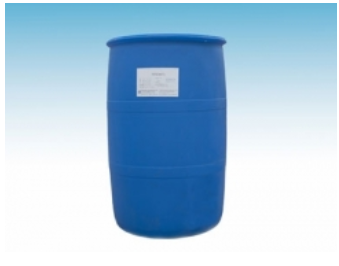Surfactant molecules are first adsorbed on the interface between oil and solution. Under the action of lipophilic and hydrophilic groups of surfactant, coupled with the convection and stirring of solution, the oil stain gradually separates from the metal surface and enters the solution, forming a very fine spherical emulsion.
When the oxide scale is removed from the surface of parts for strong corrosion, various harmful gases are generated in the corrosion process, and acid mist is generated when the gas escapes, which has a great impact on the environment and equipment? If a small amount of OP emulsifier is added to the pickling tank, a layer of foam can be generated on the surface of the pickling solution to prevent the acid mist from escaping.

In the electroplating process, in order to improve the performance of electrolyte and the quality of coating, it is often necessary to add some additives. Surfactant is one of the main varieties. It has the functions of leveling, brightness, diffusion, changing the physical properties of coating, inhibiting the escape of acid mist and so on. Surfactants commonly used in electroplating include Pingjia, OP emulsifier, sodium dodecyl sulfate, sodium methylene naphthalene sulfonate, fluorine surfactant, fatty acid polyethylene oxide ester, polyethylene oxide castor oil, etc.
Before electroplating, metal workpiece must be degreased and cleaned to make its surface clean? Otherwise, the deposition layer is poorly combined on the surface, and even cannot be obtained in serious cases. The oil stains on the workpiece surface include animal and vegetable oils and mineral oils. Animal and vegetable oils can undergo saponification reaction in alkaline solution to form water-soluble soap and glycerol for removal; Mineral oil or other unsaponifiable oil can not be chemically decomposed by alkali. It can only be removed from the metal surface with the help of surfactant.